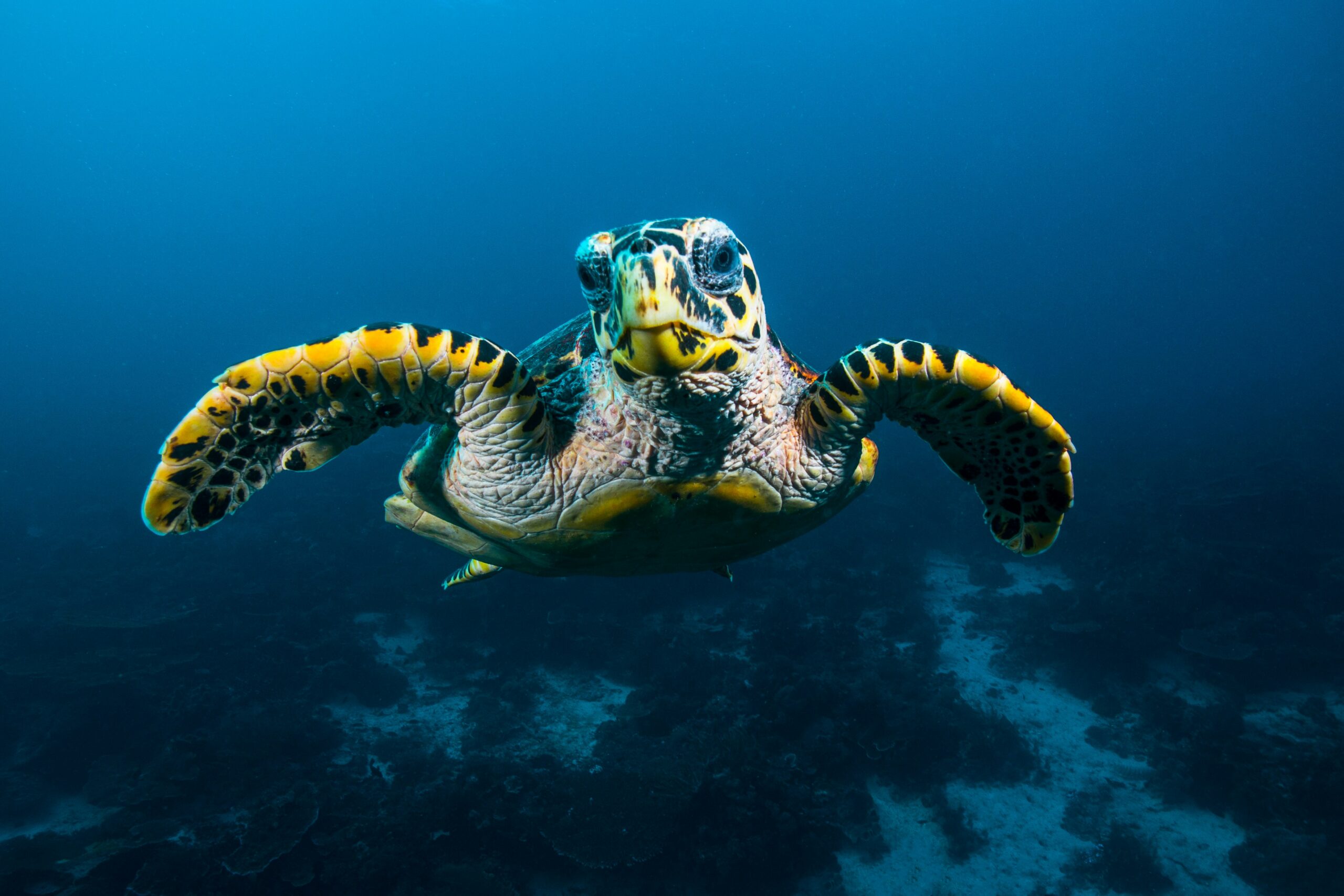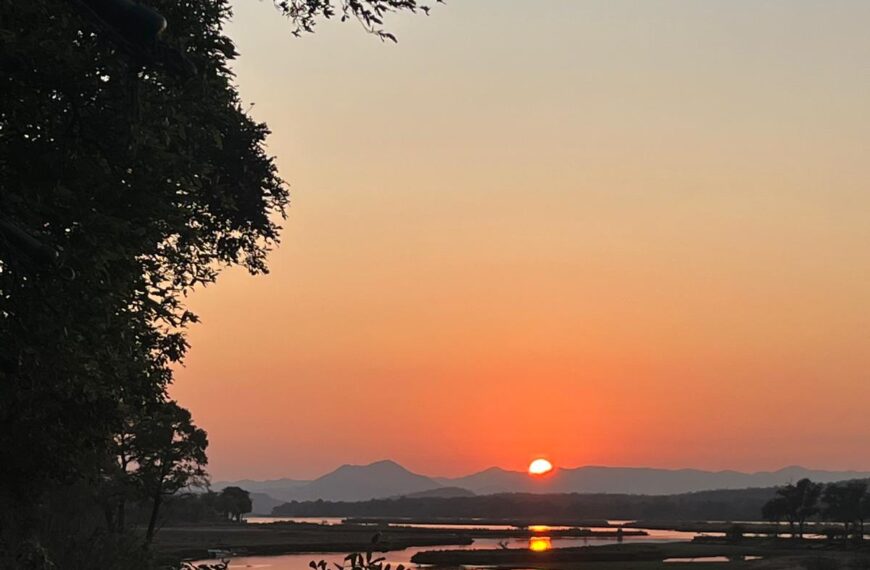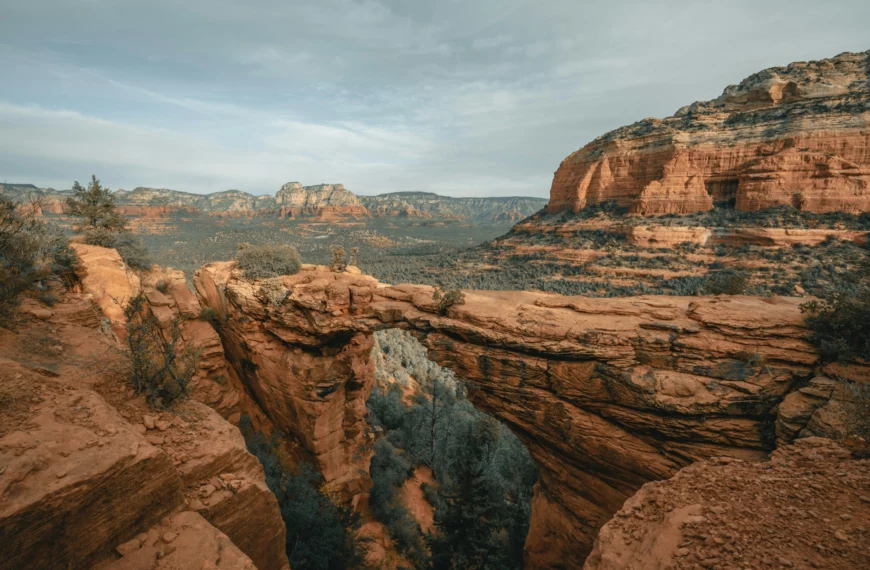Journeys With Purpose’s Head of Sales, Rebecca, recently travelled across Australia to explore how this vast, ancient land can shape the journeys we offer. She explored tropical rainforests, remote desert sanctuaries and the deep cultural thread woven through some of the most exciting conservation stories in the Southern Hemisphere.
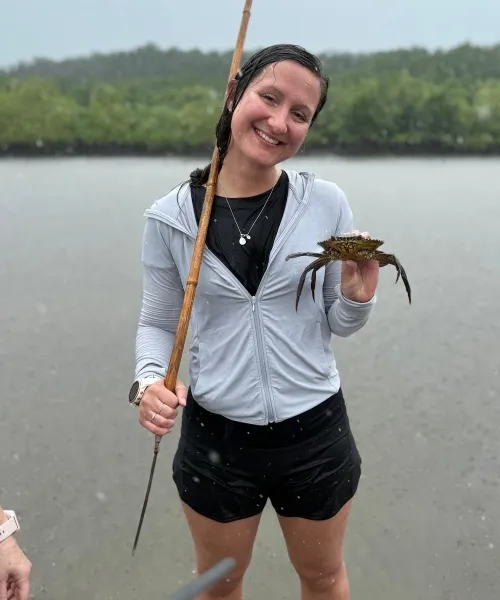
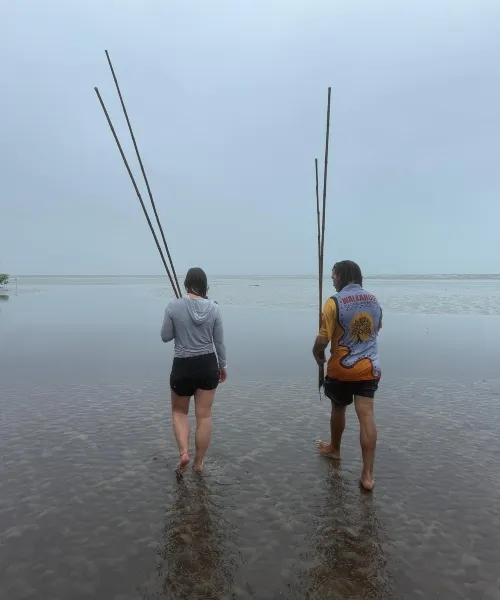
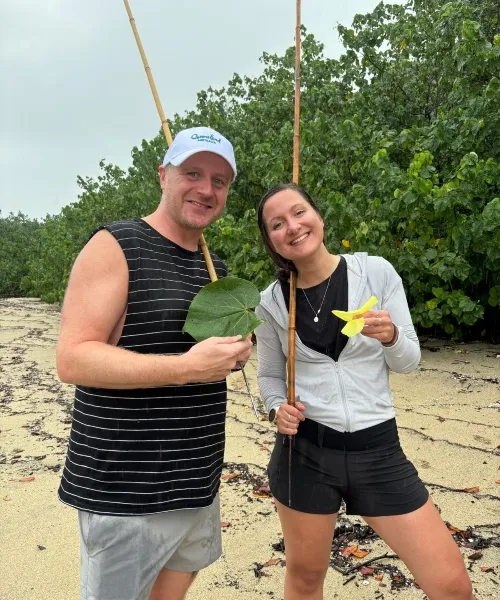
Interview with Rebecca on Australia Conservation Travel
Where did you go, and what was the purpose of the journey?
I travelled to Australia for two weeks, starting in Brisbane and then heading up to tropical Queensland, over to Uluru in the heart of the desert and finishing in Sydney. The trip was part trade-show, part field research.
We’re preparing to launch more Private Journeys in Australia, so I attended the Australian Tourism Exchange, met over 80 suppliers and then joined a curated familiarisation journey to see which stories, places and people align with JWP’s values.
What were your first impressions?
This was my first time in Australia, and I completely fell in love. The landscapes, the biodiversity, the cultural pride… it’s a destination of astonishing contrast.
Honestly, I had no expectations, but I ended up learning the unique rhythm of each region. The shift into Northern Queensland surprised me, for example. Few people expect to find lush rainforest here, let alone one of the oldest on Earth.
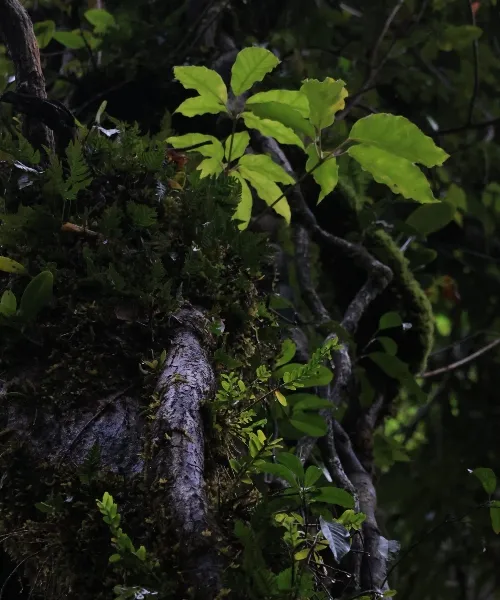
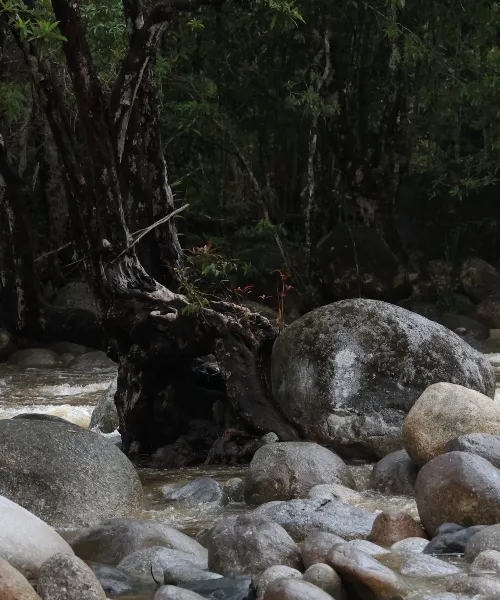

Take us through your itinerary?
After Brisbane, I flew north to Cairns and drove up to the Daintree Rainforest, where we stayed at Silky Oaks Lodge tucked deep in the jungle canopy, right beside the Daintree River. The rainforest and the Great Barrier Reef meet here, and it’s one of the only places in the world where two World Heritage ecosystems coexist.
We explored both landscapes. On land, we walked with Juan, a local Aboriginal guide from Walkabout Cultural Adventures. He taught us how to read the forest, learning what to eat, what to avoid and what the birds are saying. We spearfished for mud crabs in the mangroves, and the constant rain only made the experience more magical.
At sea, we went out with Sailaway, a luxury reef operator committed to coral restoration. Marine biologists on board explained how tourism in the reef is carefully regulated. Each operator is assigned a specific section to protect. This model mirrors African conservancies: if you don’t care for your patch, you don’t attract wildlife (or guests).
Next, I took a direct flight to Uluru, flying over red sands and watching the landscape transform. We stayed at Longitude 131°, a desert retreat with canvas tents that face the sacred rock. Each evening, we’d gather for stargazing and Aboriginal storytelling, then return to sleep under the Milky Way on open-air star decks.
Finally, I ended the journey solo in Sydney. I needed space to reflect. I explored the Blue Mountains, rode the funicular railway through rainforest canyons and ran along the harbour at sunrise. It felt like the perfect exhale to an intense, inspiring fortnight.
Was there a moment that felt especially powerful or transformative?
Standing under a sky full of stars at Uluru was unlike anything I’ve experienced. There’s a sacredness to that place. But equally, walking with Juan in the Daintree and learning how colonisation erased (and is now trying to restore) Aboriginal traditions was deeply moving.
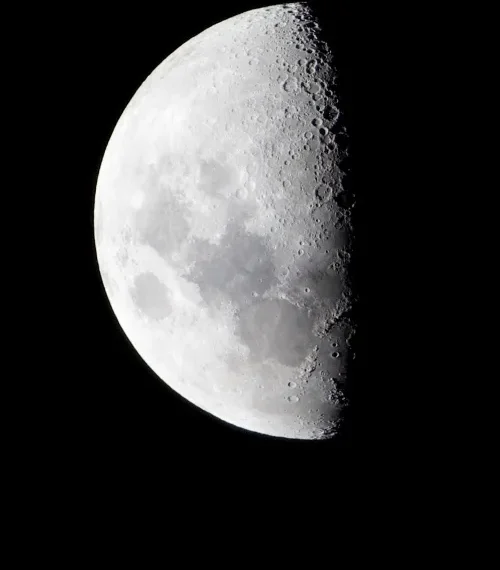
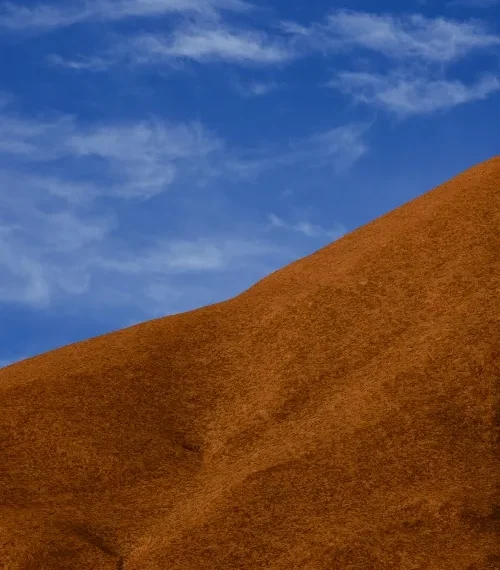
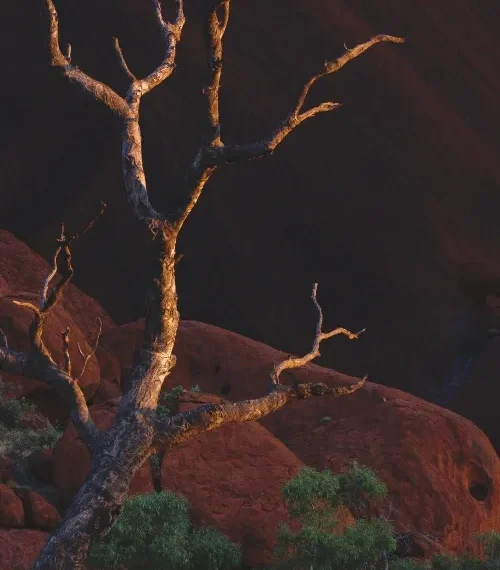
What did you learn about the conservation work or the people leading it?
Australia embeds conservation into everything, from its luxury lodges to reef operators to Aboriginal-led initiatives.
Organisations like the Australian Wildlife Conservancy are tackling enormous challenges, like eradicating feral cats and foxes that threaten native marsupials. There’s a quiet determination across the country to protect what remains, restore what’s been lost and honour Indigenous knowledge systems in the process.
Which place, project, or person here would you recommend to someone passionate about conservation?
There is so much impressive land and ocean conservation work happening at Bullo River Station, Lizard Island, Kangaroo Island, Arkaba and the Bamurru Plains.
Bullo River Station, for example, is a remote cattle property in the Northern Territory that works hand-in-hand with the Australian Wildlife Conservancy (AWC) to restore habitats, protect threatened species and trial a model where sustainable agriculture and biodiversity genuinely coexist. The scale is staggering.
Who do you think this kind of journey is best suited to, and why?
Honestly? Everyone. Families, couples, solo travellers, conservationists, curious explorers. As with all travel, you can engage on a surface level or go deep. If you endeavour to explore this land of layered stories, whether you come for the reef, the desert or the culture, you’ll leave changed.
Did anything challenge or change your thinking on this trip?
Yes. I’d wrongly assumed Australia was behind the curve on conservation. What I discovered was the opposite. From marine sanctuaries to cultural preservation, a national mindset shift is happening that feels both urgent and hopeful.
And the scale! Australia is massive. You can’t ‘do’ it in two weeks. It deserves slow travel, repeat visits and a willingness to look beyond the cities.
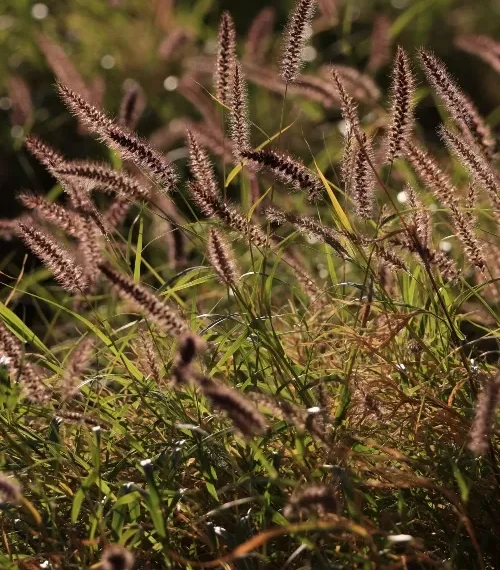
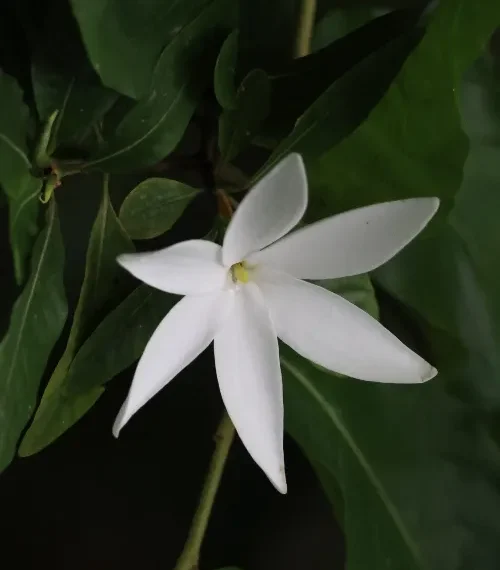
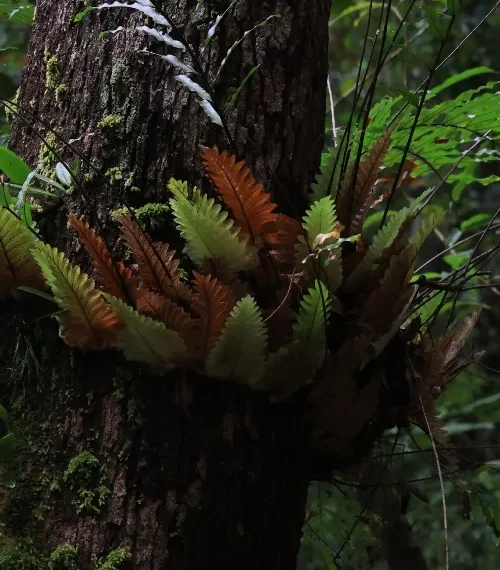
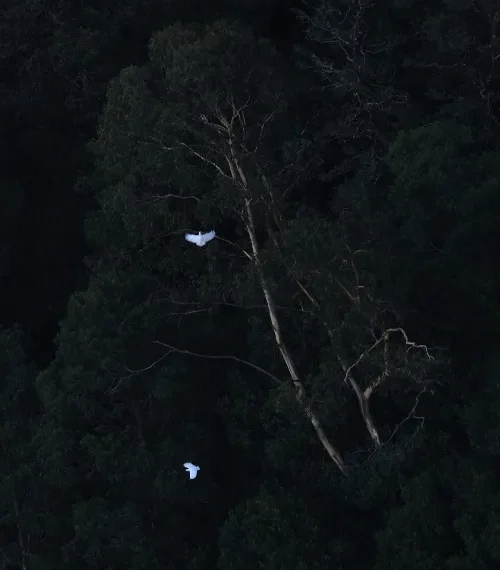
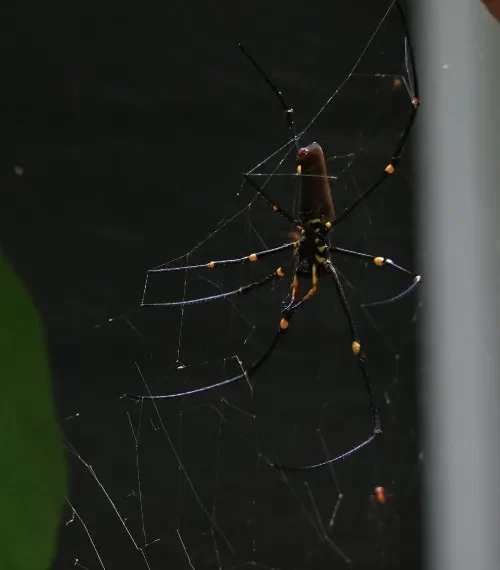

Closing Thoughts on Rebecca’s Conservation Trip in Australia
Australia has all the ingredients: world-class conservation, rich Indigenous heritage, wild beauty and a rare capacity to shift your perspective. As we continuously refine our journeys in this region, there is enormous potential for immersion and transformation
Interested in Australia Conservation Travel?
Journeys With Purpose offers private, conservation-focused adventures to Australia, with tailor-made itineraries built around your passions. We also plan hosted journeys – get in touch with our expert travel specialists today on +44 20 8044 9538 or at connect@journeyswithpurpose.org.
